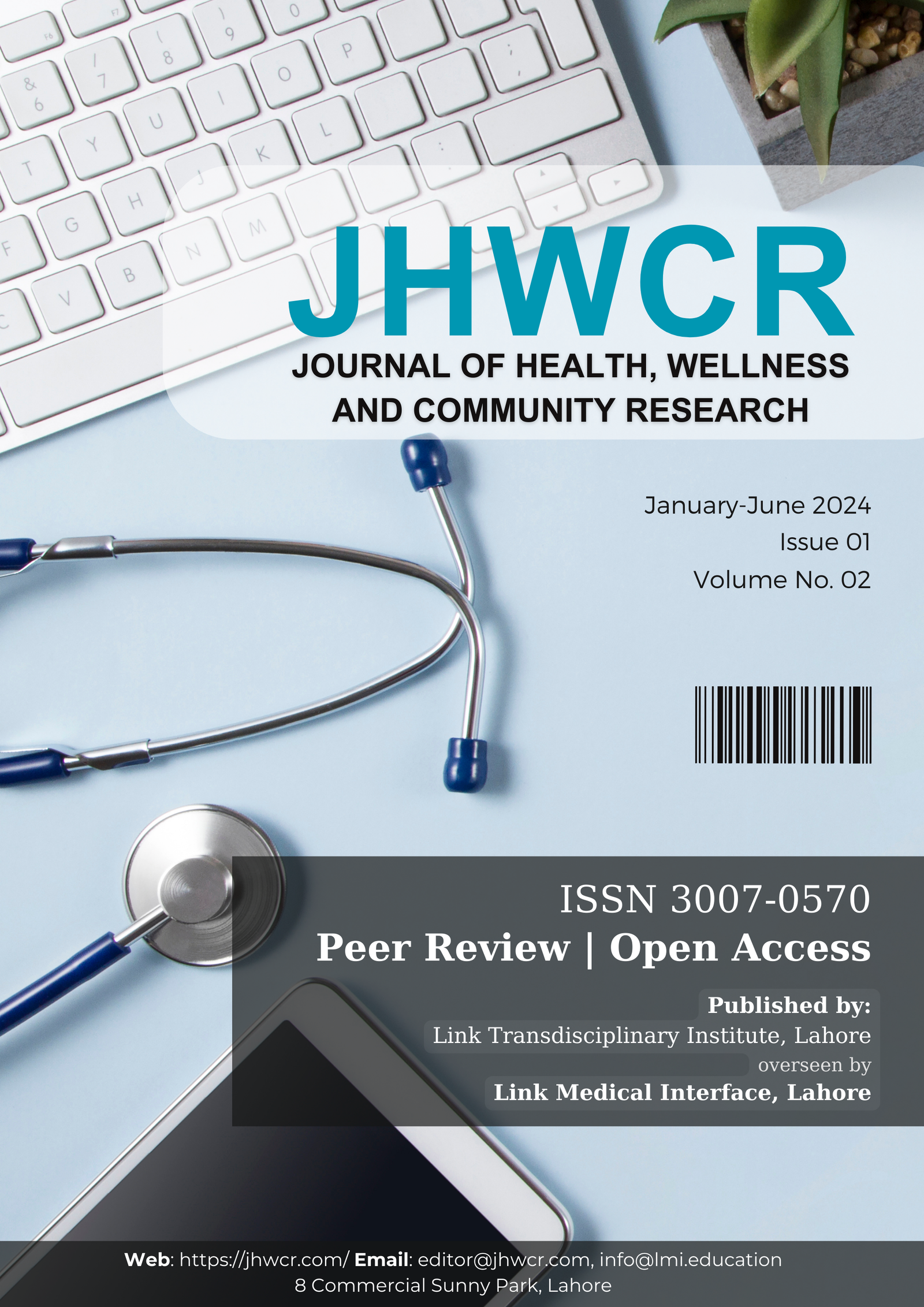Frequency of Common Sites of Intracerebral Hypertensive Bleed in Patients with Previously Undiagnosed Hypertension
DOI:
https://doi.org/10.61919/nxbmm568Keywords:
Intracerebral Hemorrhage, Hypertension, Stroke, Undiagnosed Hypertension, Brainstem Hemorrhage, Cross-Sectional Studies, Blood PressureAbstract
Background: Intracerebral hemorrhage (ICH) is a major cause of morbidity and mortality, with hypertension being the leading risk factor, often undiagnosed until stroke occurs. Despite its burden, there is limited data on the distribution of hypertensive ICH sites among patients with previously unrecognized hypertension, especially in South Asian populations. Objective: This study aimed to determine the frequency and anatomical distribution of intracerebral hypertensive bleeds in patients presenting with previously undiagnosed hypertension, and to assess associated demographic and clinical characteristics. Methods: A cross-sectional observational study was conducted at the Department of Neurology, Civil Hospital Karachi, Pakistan, from July to October 2010. A total of 150 adult patients (aged ≥15 years) with CT-confirmed hypertensive ICH and no prior diagnosis of hypertension were enrolled consecutively. Exclusion criteria included traumatic brain injury, CNS infections, malignancy, subarachnoid hemorrhage, anticoagulant use, thrombocytopenia, obesity, diabetes, and refusal of consent. Data on demographics, blood pressure at admission and after 72 hours, and hemorrhage site were collected using a structured proforma. Ethical approval was obtained from the institutional review board in accordance with the Helsinki Declaration. Statistical analysis was performed using SPSS v15.0, applying descriptive statistics and inferential tests as appropriate. Results: The mean age was 54.2 ± 7.5 years with a male-to-female ratio of 1.8:1. Mean systolic blood pressure at admission was 174.6 mmHg, decreasing to 157.1 mmHg after 72 hours (p<0.001). The pons was the most frequent site of hemorrhage (16.6%), followed by the left thalamus (13.3%) and right thalamus (14%). No statistically significant differences in site distribution by gender were observed. Conclusion: In patients with previously undiagnosed hypertension, the pons is the most commonly affected site in hypertensive ICH, underscoring the need for early hypertension screening to prevent severe neurological sequelae. These findings advocate for strengthened public health measures and clinical vigilance in at-risk populations to reduce the burden of undetected hypertension and its complications.
Downloads
Published
Issue
Section
License
Copyright (c) 2025 Lal Chand, Aadil Ameer Ali, Zuhaib Ahmad, Inayatullah Awan, Deepak Kumar, Suneel Kumar (Author)

This work is licensed under a Creative Commons Attribution 4.0 International License.


